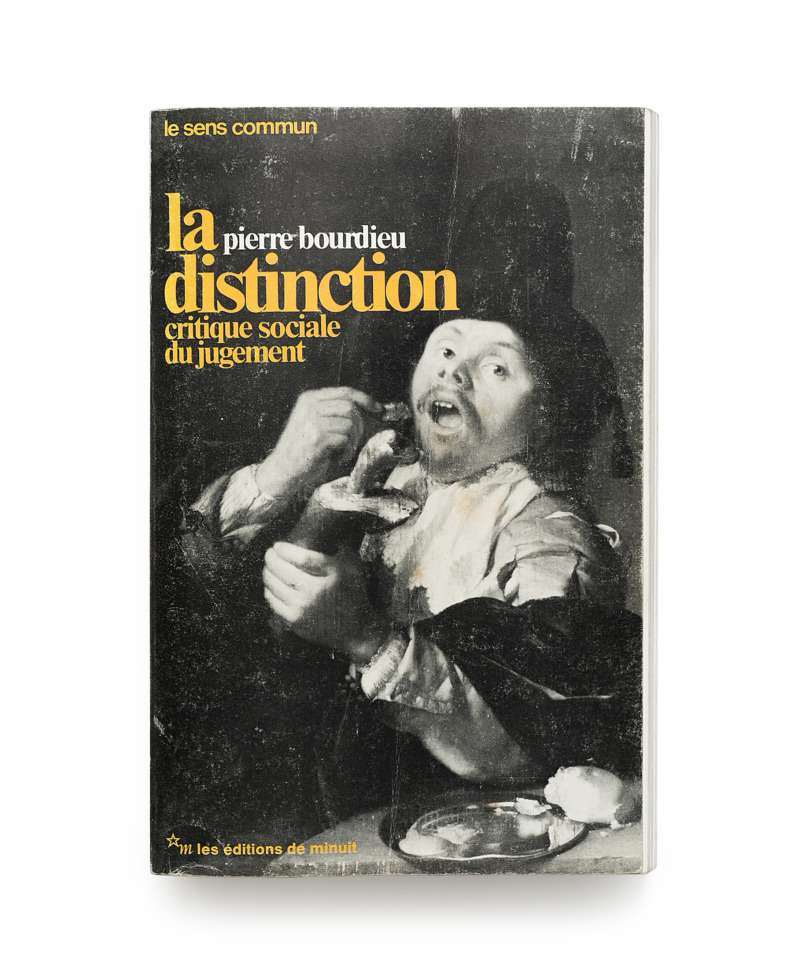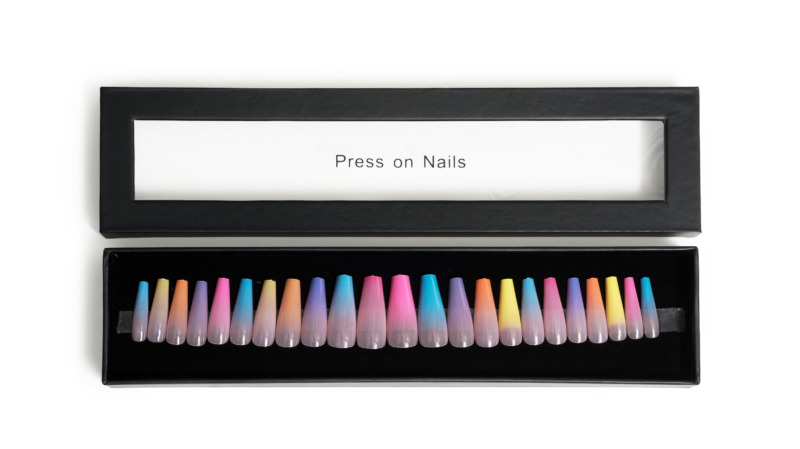This wooden ball, a so-called “Greiflinge” (gripping toy), consists of two wooden balls, the smaller ball is located in the larger ball, the shell of which is perforated with circular holes.
“Grasping toys” are toys for early childhood development that the carpenter, designer and educator Hugo Kükelhaus (1900-1984) developed in 1939 under the name “Allbedeut”. The simple shapes, which Kükelhaus derived from “primal forms”, can take on all kinds of meanings for the child during play, which the term “Allbedeut” was intended to express.
Kükelhaus began developing his toys in the 1930s after studying the educational approach of Friedrich Fröbel, the founder of the kindergarten, as well as observing his own children’s play. The “grasping toys” were designed to appeal to the senses and abilities in a child-friendly way. Babies and toddlers learn to touch and grasp, the warm wooden tones appeal to the eye, the ear is offered sounds whose intensity the child can determine itself.
The “Greiflinge” were showcased at the 1958 World Exhibition in Brussels and in 1971, 30 years after their creation, they received the german award “Gute Form” (1969-2001). The term “Gute Form”, named after Max Bill’s 1952 book “Die Gute Form”, stands for a design that should be timeless: Through a functional, objective and aesthetic design, a longevity of things should be created that transcends the current zeitgeist.
Along with the theory of form came the idea that good form, i.e. good taste, could be learnt. For example, the Deutscher Werkbund (German Werkbund) produced Werkbundkisten (boxes) with objects to help pupils learn the design principles of good form. Kükelhaus grasping toys are included in the Werkbundkiste about toys from 1977.
Kükelhaus, himself a member of the Werkbund, worked for the Alfred Metzner publishing house in Berlin from 1934, editing the series Schriften zur deutschen Handwerkskunst (1935) and Deutsche Warenkunde (1939). The principle that runs through his work is in keeping with the Werkbund: the development of the senses through fundamental sensory experiences as the basis of an aesthetic education and the understanding of a complex world.
These various “grasping toys” are still in production today. Their history shows the conflict between educational requirements, the demand for good design and economic conditions.

